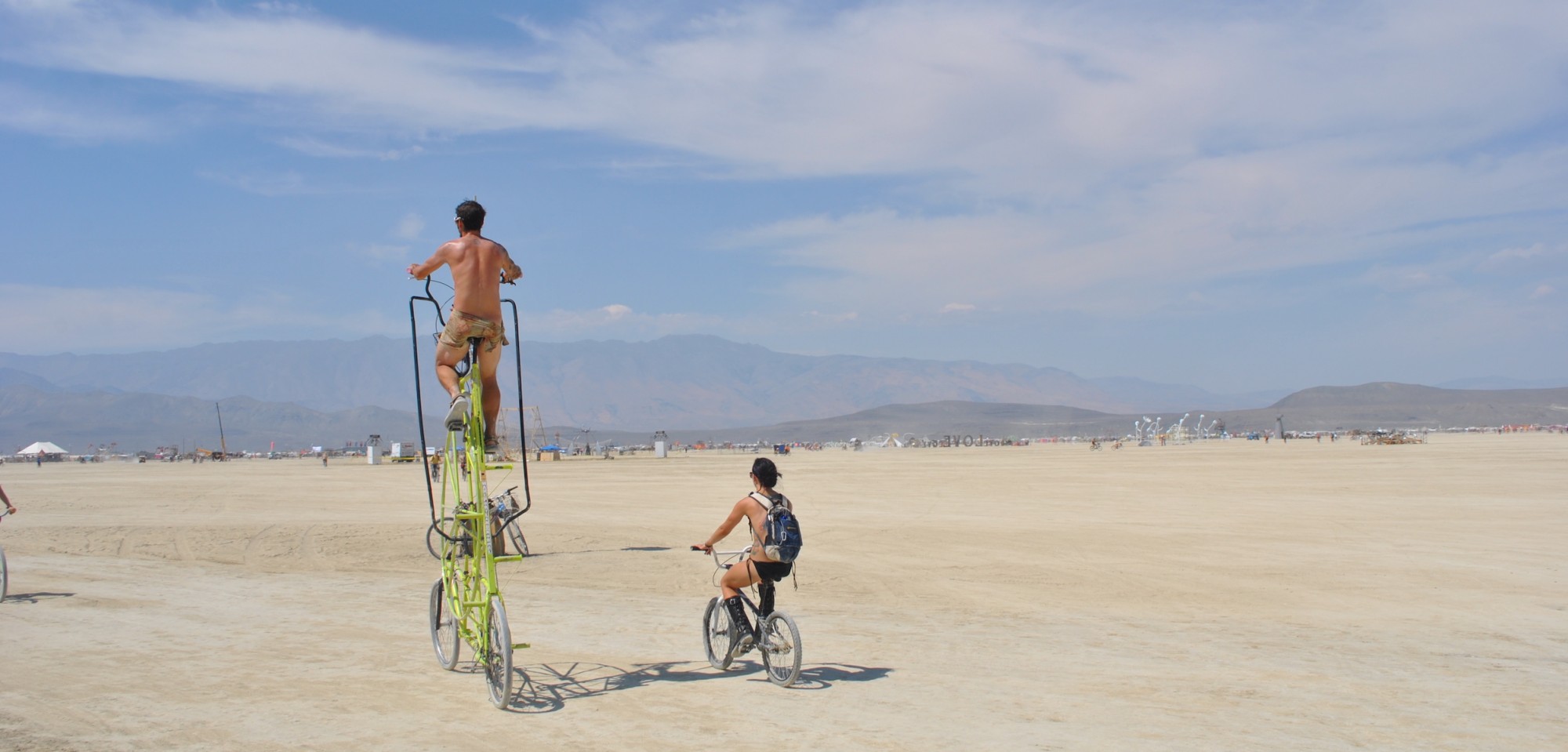Talking to Uber Drivers in Kenya About M-Pesa

In Swahili M-Pesa is mobile money — “M” stands for mobile and pesa means money. And in my recent trip to Kenya and Nairobi I was just fascinated by M-Pesa. It turns out that mobile cash in Kenya is far ahead the US.
What is M-Pesa?
So first, what is M-Pesa? It’s an app provided by the telecoms where you can deposit and send money. In Kenya it seemed it was primarily through Safaricom. There are a few primary functions I saw with M-Pesa.
First, you can pay a business easily. There is a number that is usually at the checkout counter, usually 6 numbers but could be different. You type in the business number, then the amount and confirm. And then they receive the money into their account.
Then you can pay people easily. You send the money to their phone number.
You can deposit cash to your M-Pesa account at many, many M-Pesa kiosks all around. These are all over the place, some seemed to be dedicated to M-Pesa and others seemed to have other purposes but also served as an M-Pesa hub. You can also go to these kiosks and withdraw cash out of your M-Pesa account.
Then there are other features, it seems it is also hooked up to a banking account, you can buy other cell phone services.
It is kind of like Venmo, but everyone has it and you can pay businesses and individuals.
Setting Up M-Pesa
In Kenya it seemed the easiest way to get M-Pesa was to get a Safaricom SIM card. This was a bit odd to me that it wasn’t an app you can download, but it seems since it’s through the telecom company this is how it works. They really have a monopoly and this seems to be partly why it works. So I had an Android phone, got a Safaricom SIM and then I gave them cash at the Safaricom store and that cash was deposited into a balance in my M-Pesa account.
Uber Drivers Thoughts on M-Pesa
I took a number of Ubers in Nairobi and I asked many of the Uber drivers what they thought about M-Pesa. This was an interesting conversation topic that spurred some excited reactions.
“If you don’t have M-Pesa you are nobody,” one Uber driver told me.
It seemed that everyone was a big fan of M-Pesa and extolled its many virtues.
Another driver told me, “Many people don’t like to carry cash. With M-Pesa you can’t be hijacked. You lose your phone and the money is still there.”
Additionally, as the driver explained, if you don’t want to carry cash, even if you lose your phone you still have your account.
Another woman who was a driver told me: “M-Pesa is good for security. No one knows your pin.”
At this point it was already clear how M-Pesa was better than credit cards. First of all, the security of M-Pesa is far beyond a credit card because you have a pin number. So when you are sending a transaction you need to enter your secret code, which no one knows. Compare that to a credit card — if you lose your wallet or it is stolen with credit cards in it, all the information to use the cards is readily available. Your security precaution is hoping to catch it quickly, call the bank to cancel the card, dispute fraud charges, hope the fraud system works and get a new credit card.
“Everything for business is M-Pesa. It’s everything. It’s a mini bank. No Kenyan doesn’t have M-Pesa.” And the fees are better than credit cards too. “Costs 74 shillings to send 20,000 shillings.” That’s an effective rate of 0.3% — 10x better than credit cards.
Another take on M-Pesa: “Very ok. Very nice. If your phone is lost you still have your money. Mobile money transfer. One click. Money at the click of a button.”
I explained that in the US we don’t really have easy mobile money you can use to pay for things in stores. In the US it’s all credit cards. He says. “What. Whoa.”
Even the places where you have Apple Pay or Google Pay those are really just digital versions of credit cards. They aren’t everywhere, often don’t work, and really are still a credit card purchase. This is a very different system. Venmo doesn’t do basic business transactions in person — say I am at a restaurant I can’t just Venmo the restaurant for the bill, or buy a pair of shoes in a store with Venmo.
So it’s very interesting to me how M-Pesa worked. The UI of the app was pretty clunky but the fact that everyone had it, that you could use it anywhere around Kenya — even in rural areas shows that it does work.
In the US since everything is so fragmented you have a worse system. It seems to me there are surprising benefits when people are on a standard system. There are many mobile payment apps vying for your digital transactions from Paypal to Venmo to Square to Google to Facebook to many others, including apps from banks. There’s not a standard which means things aren’t interoperable.
I think M-Pesa has features of Venmo and Bitcoin bundled together. And I think there should be something like M-Pesa in the US. Facebook seems in the best spot to have something like this as there is a clear opportunity to integrate WhatsApp, Messenger and Instagram and allow payments, though I wonder if businesses would adopt it.
